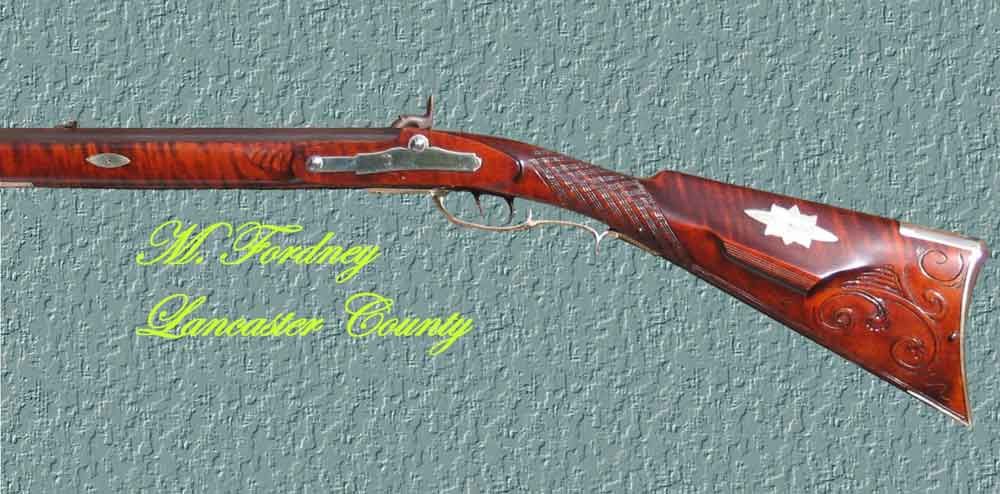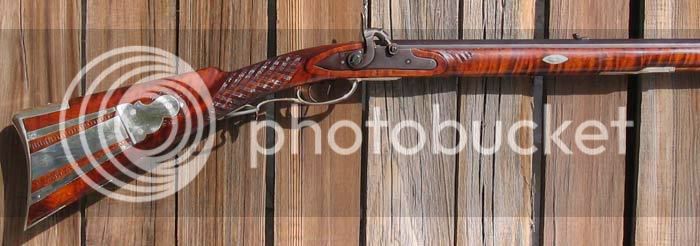Hi,
Early examples of wide checkering can be found on English guns dating from the 1760's, although dates can be misleading because checkering was sometimes added to a gun well after it was made. The early checkering had large diamonds, smooth tops and often dots, crosses, smaller lighter checks within the diamonds. As the 18th century progressed, checkering became smaller, often with coarse sharp tops but later the tops became smoother and the checkering shallower. French and other European makers also included similar checkering on sporting guns during the same time period. By about 1800, checkering was very common and almost universal on better quality English guns. I am not sure how universal it was on guns made in other European countries but it was certainly common. I don't think checkering shows up very often on American guns until very near the end of the flintlock era, perhaps 1820 and later. I am sure there are earlier examples, particularly from makers in the cities familiar with European fashions but it was not common.
dave



